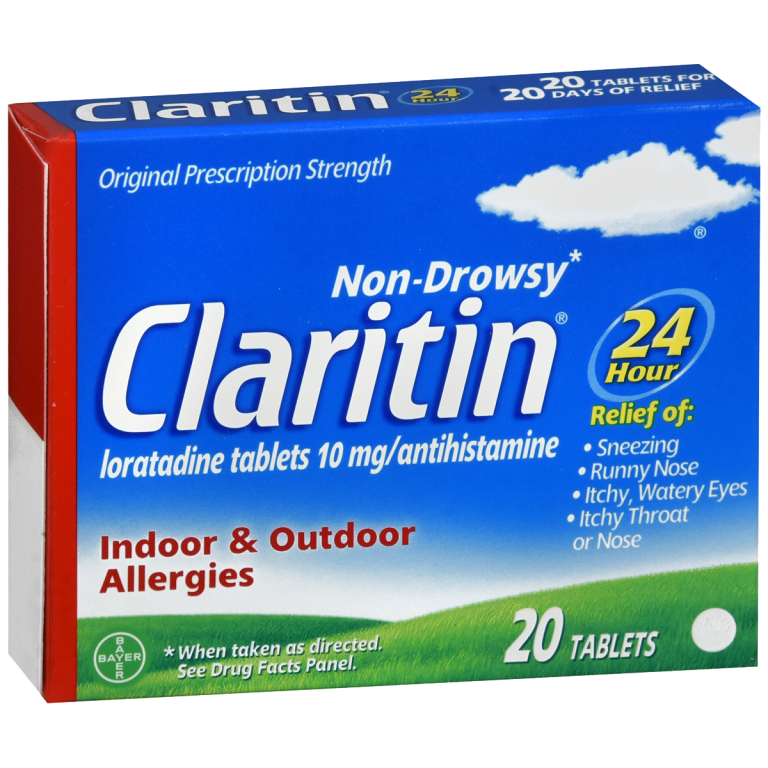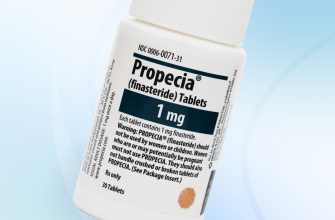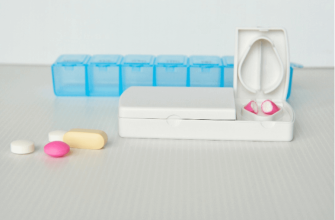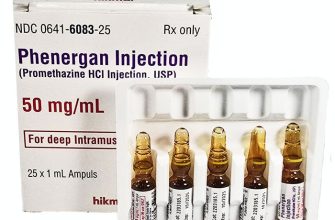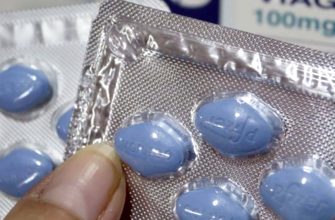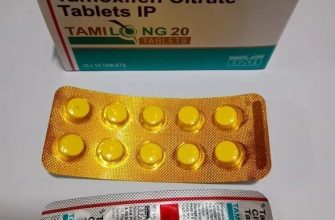Claritin can effectively relieve itchy, watery eyes caused by allergies. Its active ingredient, loratadine, is an antihistamine that works by blocking histamine, a chemical released by your body during an allergic reaction. This directly targets the symptoms, providing relief within hours for many people.
For best results, take Claritin as directed on the packaging. While it’s generally safe for adults and children over 6, always check with your doctor or pharmacist before giving it to children or if you have any underlying health conditions. Don’t exceed the recommended dosage. Remember that Claritin is an oral medication; it doesn’t contain eye drops, so you may still need separate eye drops for immediate, localized relief.
Side effects are generally mild and can include drowsiness, dry mouth, or headache. If you experience any severe reactions, stop using Claritin and contact your doctor immediately. While Claritin effectively treats many allergy symptoms, it might not be the right solution for everyone. If your eye allergies persist despite using Claritin, consult an allergist for further evaluation and personalized treatment options. They can help determine the underlying allergen and recommend additional therapies.
- Claritin for Eye Allergies: Relief or Placebo?
- Understanding Claritin’s Effectiveness on Eye Allergy Symptoms
- How quickly does it work?
- Which eye allergy symptoms does Claritin address?
- What if Claritin doesn’t work?
- Dosage and Timing for Optimal Eye Allergy Relief with Claritin
- When to See a Doctor for Persistent Eye Allergy Symptoms Despite Using Claritin
Claritin for Eye Allergies: Relief or Placebo?
Claritin, containing loratadine, primarily targets histamine, a key player in allergic reactions. While it effectively reduces many allergy symptoms, its impact on eye allergies is nuanced.
For itchy, watery eyes, Claritin offers relief for many, but not all. Its effectiveness varies. Several factors influence this:
- Severity of allergy: Mild allergies may respond well; severe cases might require additional treatments.
- Individual sensitivity: People react differently to medications.
- Concurrent conditions: Other eye problems can interfere with Claritin’s effectiveness.
Studies show Claritin reduces symptoms like sneezing and runny nose quite effectively. However, direct eye symptom relief is less consistently reported. It works systemically, reducing histamine production, so eye relief is often indirect.
- Expect some relief, not a miracle cure: For many, Claritin provides sufficient relief for mild to moderate eye allergies.
- Consider combining treatments: For optimal results, combine Claritin with other allergy treatments, like eye drops, to target your eye symptoms directly. For instance, use artificial tears for dry eyes.
- Consult a doctor: If eye allergy symptoms are severe or don’t respond to Claritin, schedule a consultation with an ophthalmologist or allergist.
In short, Claritin can be part of a successful allergy management plan, but it’s not a guaranteed cure for eye allergies alone. A personalized approach often yields the best results.
Understanding Claritin’s Effectiveness on Eye Allergy Symptoms
Claritin, containing loratadine, primarily targets histamine, a key chemical mediator in allergic reactions. This means it can alleviate many common eye allergy symptoms. Expect relief from itching and watering.
How quickly does it work?
Most people notice symptom improvement within 1-3 hours of taking a dose. However, the full benefit might take a few days of regular use. Consistency is key for optimal results.
Which eye allergy symptoms does Claritin address?
While Claritin effectively reduces itching and watering, it may not completely eliminate all symptoms, such as redness or swelling. For these, a separate eye drop treatment may be needed. Consider discussing this with your doctor or allergist.
What if Claritin doesn’t work?
Several factors can influence Claritin’s efficacy. Your doctor might recommend a different antihistamine or consider additional treatments like mast cell stabilizers. Allergy testing can help identify specific triggers for a tailored approach.
Dosage and Timing for Optimal Eye Allergy Relief with Claritin
Claritin’s active ingredient, loratadine, is a non-drowsy antihistamine that takes effect within a few hours. For most adults and children over 12, the recommended dose is one 10mg tablet daily. Children aged 6-11 should take a 5mg tablet daily.
Take your Claritin dose consistently, at roughly the same time each day. This helps maintain consistent levels of loratadine in your bloodstream for consistent allergy relief. This routine is particularly helpful for managing predictable allergy symptoms, such as those related to seasonal pollen.
While Claritin effectively reduces the histamine response, it doesn’t directly treat eye symptoms like itching and redness. For optimal relief, consider using eye drops formulated for allergies in conjunction with your Claritin. Always follow the directions on both the Claritin and eye drop packaging.
If your allergy symptoms persist despite taking Claritin as directed or worsen, consult a doctor or allergist. They can assess your specific situation and recommend appropriate treatment options.
Note: Always read the product label before use. This information is not a substitute for professional medical advice.
When to See a Doctor for Persistent Eye Allergy Symptoms Despite Using Claritin
If your eye allergy symptoms–itching, redness, swelling, or excessive tearing–persist for more than two weeks despite consistent Claritin use, schedule a doctor’s appointment. This is especially true if symptoms worsen, interfere with daily activities, or are accompanied by vision changes.
Seek immediate medical attention if you experience severe symptoms like blurry vision, significant eyelid swelling obstructing vision, or intense eye pain. These could indicate a more serious condition requiring prompt treatment.
Consider contacting your doctor if you notice a new or unusual symptom, such as a yellowish discharge, recurring styes, or increased sensitivity to light. A thorough examination can help determine the cause and guide appropriate treatment.
Don’t hesitate to consult an ophthalmologist or allergist for personalized advice and management of your eye allergies. They can provide a proper diagnosis, rule out other conditions, and recommend additional therapies if needed, such as prescription eye drops or other medications.
Regular follow-up appointments are recommended if your allergies are persistent or require ongoing management.

